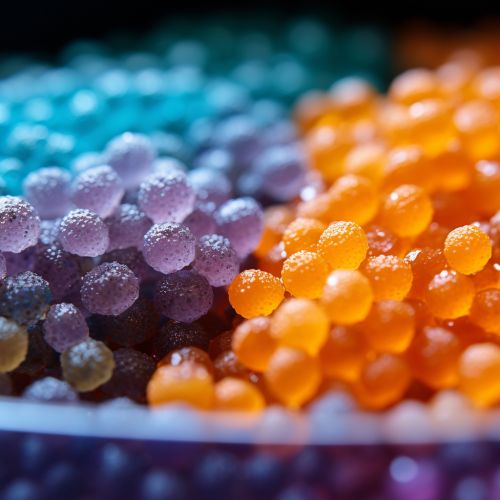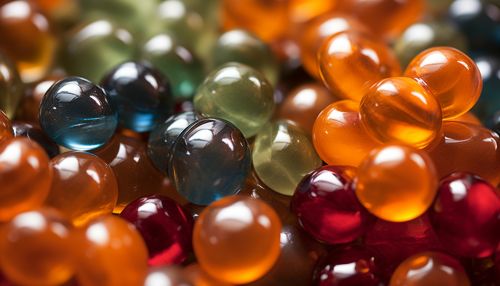Ion Exchange
Introduction
Ion exchange is a process that involves the exchange of ions between two electrolytes or between an electrolyte solution and a complex. In most cases, the term is used to denote the processes of purification, separation, and decontamination of aqueous and other ion-containing solutions with solid polymeric or mineralic 'ion exchangers'.Ion Exchangers
Ion Exchange Process
The ion exchange process is a method widely used in different fields of industry and science due to its efficiency and versatility. The process is based on the property of certain natural or synthetic materials, called ion exchangers, to selectively adsorb, exchange, and release ions in a liquid medium. Ion exchangers are insoluble substances containing loosely held ions, known as exchangeable ions, that can be exchanged with other ions in a solution that is in contact with the ion exchanger.


Types of Ion Exchange
Ion exchange can be classified into two main types: cation exchange and anion exchange. In cation exchange, positively charged ions (cations) are exchanged. In anion exchange, negatively charged ions (anions) are exchanged.
Cation Exchange
Cation exchange involves the exchange of positively charged ions. The ion exchange material used in cation exchange is negatively charged, allowing it to attract and hold onto positively charged ions.
Anion Exchange
Anion exchange involves the exchange of negatively charged ions. The ion exchange material used in anion exchange is positively charged, allowing it to attract and hold onto negatively charged ions.
Ion Exchange Materials
Ion exchange materials are a special class of materials with a unique property of being able to exchange their ions with ions in a solution in which they are immersed. These materials are commonly referred to as ion exchange resins, but they can also be made from a variety of other materials, including certain types of soil and minerals.
Ion Exchange Resins
Ion exchange resins are a type of polymer that can exchange its ions with ions in a solution. They are typically spherical in shape and have a porous structure, which allows for a large surface area for ion exchange to occur.
Natural Ion Exchangers
Certain types of soil and minerals can also act as ion exchangers. These natural ion exchangers can be used in a variety of applications, including water purification and soil remediation.
Applications of Ion Exchange
Ion exchange has a wide range of applications in various fields, including water treatment, chemical synthesis, and analytical chemistry. In each of these fields, the ion exchange process is used to remove unwanted ions and replace them with desired ions.
Water Treatment
In water treatment, ion exchange is used to remove harmful contaminants, such as heavy metals and nitrates, from water. The process can also be used to soften water by removing calcium and magnesium ions.
Chemical Synthesis
In chemical synthesis, ion exchange is used to purify chemicals and to separate chemical compounds. The process can also be used to catalyze certain chemical reactions.
Analytical Chemistry
In analytical chemistry, ion exchange is used to separate and quantify ions in a sample. The process can also be used to purify samples for further analysis.
